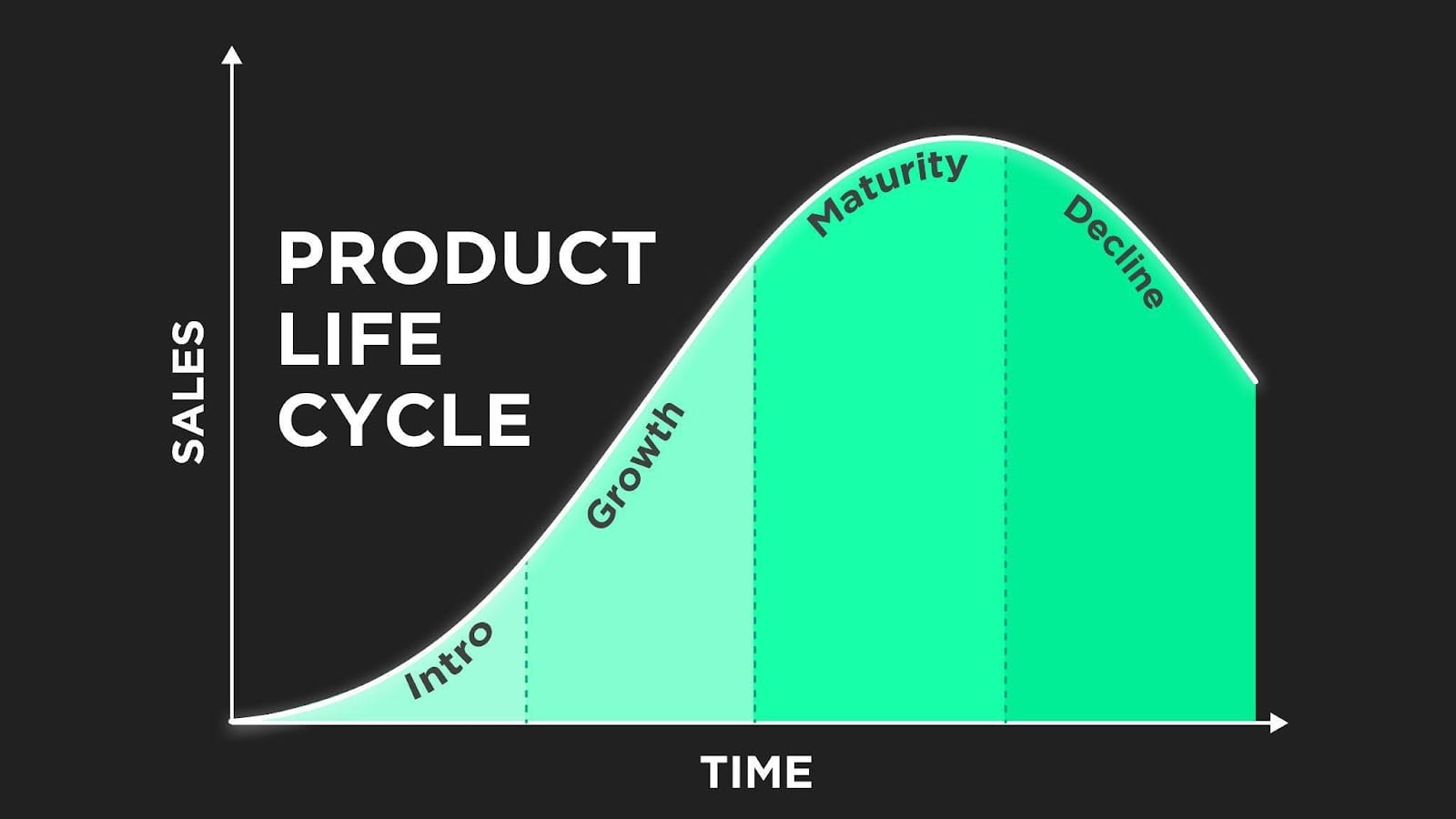Repeat, repeat, repeat: the secret to successful communication for product managers
Based on her personal experience of dealing with communication challenges with stakeholders, Marta Rolak, Product Director at Springer Nature, shares key principles for successful communication.








